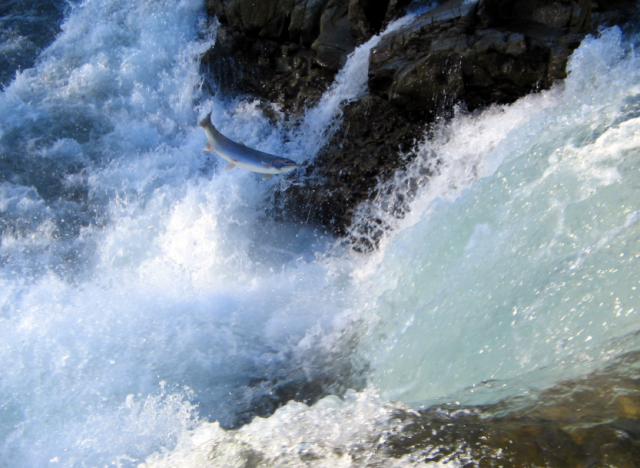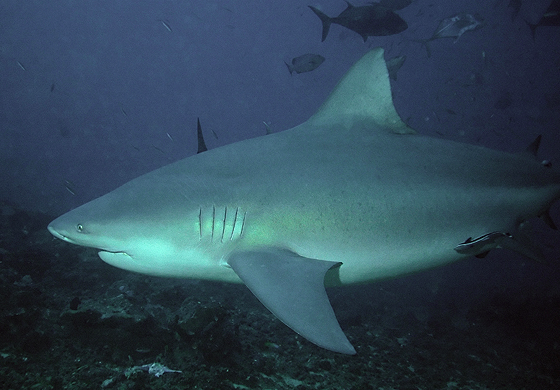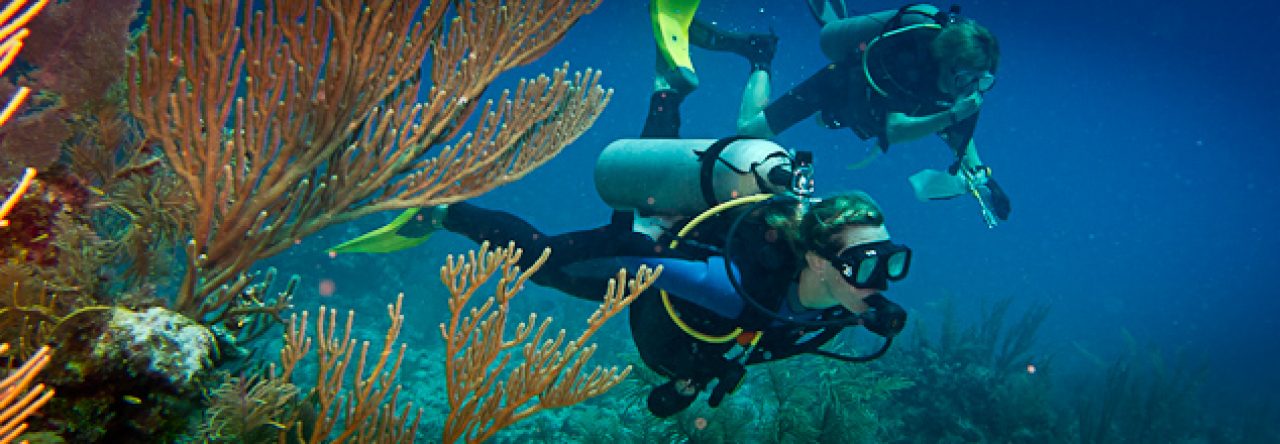The ocean’s water supply has widely varying degrees of salinity in it. Some we consider “fresh water” and some we consider “salt water” and lots of water in between.
Some fishes like fresh water, and some like salt water, and some can go between the two, which is a pretty special talent.

If a fish is a freshwater fish, it will die in salt water, and this is true for saltwater fish put in freshwater. Only if an organism is specially equipped can it go between the two. Meaning, do not put your goldfish into the ocean. He won’t like it so much that he will die.
Fish (and organisms) that can go between fresh and salt water are called Euryhaline. Some fish are this way out of immediate necessity: maybe they live their lives in water that changes often (like tide pools, supplied with ocean water, but sometimes overcome with rain water). Some fish are this way because their life cycle depends on it.
All fish are able to osmoregulate. Pretty cool word right? Osmoregulation. Meaning that their bodies have ways of making sure they don’t get dehydrated while in the salt water, or that freshwater fish don’t lose all of their body’s necessary salt. They REGULATE their osmosis.
Saltwater animals regulate by ditching extra saline so they can maintain their balance of water in the body. Saltwater animals placed in freshwater would be overwhelmed by too much water in their bodies…they are used to ditching extra salt, so more water gets through that they don’t ditch.
One of the most well known Euryhaline fish is salmon. They are anadromous, meaning born in fresh water, but spend most of their lives in the sea. They are born in the freshwater, migrate to the ocean, and then when it’s time to reproduce, they swim back up the river from whence they came to do it.

Bull sharks are similar: they are sharks that can swim into fresh water rivers and estuaries from the ocean. Mostly, bull sharks are found at the mouths of estuaries, regardless of salinity concentrations. Bull sharks are born in brackish water, and then migrate to salt water for food, once they are large enough to defend themselves. When the time comes to reproduce they will return to their brackish roots. This freshwater/brackish water birth offers protection to baby bull sharks from other sharks and predators.
Catadromous animals are the opposite. Born in salt water (often as larva that drift into fresh water estuaries), but spend most of their lives in fresh water. Many kinds of eels are this way, returning only once they reach sexual maturity to the ocean, to reproduce and release their larva to continue their cycle.

What these euryhaline organisms have in common is that they are migratory…they sometimes travel very long distances to complete their life cycles. Ask any traveler, and they’ll tell you versatility and flexibility are essential for a long journey. In the case of these organisms, the ability to tolerate different salinities opens up a lot of water that was previously restricted. Kind of an awesome talent.
how are you versatile?
xmerbabe
